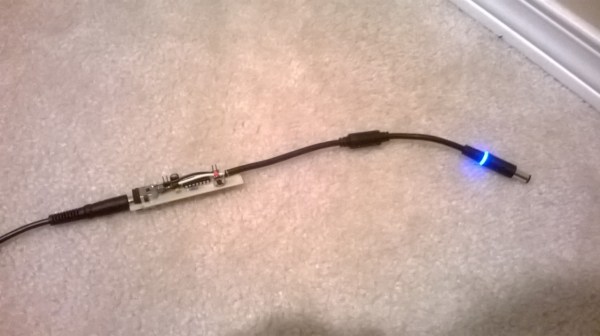
Despite there being an inordinate amount of techies and tech companies in the Washington, DC/Northern Virginia area, there aren’t really that many hacker/makerspaces, or really anywhere else for tinkering, building, and generally futzing around with a soldering iron. [Zach] thought it was time for a change and is now organizing the second Make DC an informal get together to show off your latest projects and builds. Here’s the best part: Hackaday is coming, and we’re bringing some sweet swag.
Right now [Matt] has two talks lined up focused on bringing APIs into the physical world. There’s space for plenty more speakers, so if you have something to show off be sure to sign up.
The event is scheduled for Wednesday, March 19, 6:30 PM, half a block away from the Dupont Circle Metro station. Be there. You’ll get a sticker at least.













